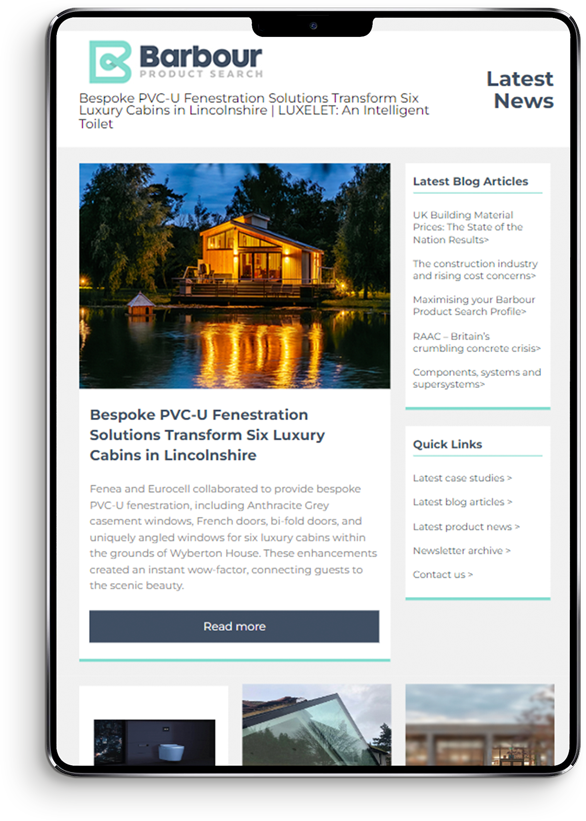Ensuring flat roof systems not only meet the functional and budgetary needs of the school, but also fully comply with fire regulations is not always simple. Here, Daren Fraser, Head of Technical at Langley Waterproofing Systems Ltd looks at four key points decision makers need to consider to ensure a compliant and safe flat roofing system specification.
1 - Building Regulations Compliance
It is crucial that any new or retrofit element of a building complies with the fire safety standards. For flat roof installations, one of the main sources of regulation and guidance in England is Approved Document B (Fire Safety) of the Building Regulations and in particular, Section B4 ‘External Fire Spread’. This section focuses on walls and roofs with ‘resisting fire spread from one building to another’. As such, Approved Document B states minimum distances between buildings and provides a required fire resistance of the materials based on this distance.
The external fire performance of a roofing material can be identified by European classification test standards BS EN13501-5. The specified test for the UK has two stages designed to meet the stricter requirements demanded by UK regulations. If the system passes the required criteria, it receives Broof(t4) classification. A Broof(t4) classified system is referred to as ‘unrestricted’ or ‘low vulnerability’ and therefore has no minimum distance requirement between adjacent buildings.
2 – Independent Testing
In addition to checking the fire rating, decision makers should fully interrogate the information within a specification to confirm the proposed system complies with Building Regulations. A key source of information is the details published by the system supplier itself and this should be examined to confirm the system has undergone independent testing that verifies any performance data. For example, British Board of Agrément (BBA) certification will confirm compliance with the Building Regulations, outlining all tests carried out and the Broof(t4) classification.
3 – No Substitutions – Tested System Approach
However, it is important to ensure the system being specified is the same as that which was tested. A common issue is a substitution of components for ones that have not been tested as part of a system. This was among the elements raised in the Hackitt review of Fire Safety and Building Regulations. This not only risks non-compliance but also potentially undermines the safety of the building in the event of a fire.
For example, if the system has only been tested and passed with a specific type and thickness of insulation, it is dangerous and poses a risk to assume that it will still perform as expected if this is changed. As well as the safety concern it may invalidate the guarantee provided by independent insurers as it hasn’t met the classification provided to meet the required Building Regulations.
Langley’s flat roof systems have been independently tested through the BBA and certified with extensive additional fire testing, varying insulation types and thicknesses and using different roof decks. This means that Langley’s TA Flat Roofing Systems can be used in a range of different configurations to suit the client’s flat roof requirement whilst ensuring full compliance with the regulations. These systems are also LABC Assured; providing further certification on compliance with Building Regulations and standards across England, Wales and Scotland.
4 – Approved Contractors
A compliant system is required to be competently and expertly installed therefore it is essential that the flat roof is installed by a contractor that is fully trained and the work is monitored throughout to ensure a high standard of installation. Leading system suppliers will be able to provide a database of approved contractors and will guarantee the works covering materials, design and workmanship, providing peace of mind.
While a flat roof system might seem to meet all the requirements of the school it is crucial that the details are examined carefully to confirm its compliance. It is strongly recommended to choose suppliers’ systems with independent certifications, that have been extensively fire tested and is compliant to Broof(t4).
To understand more about school flat roof estate compliance, book our online CPD seminar; Mitigating Fire Risk in Flat Roofing, contact Cassey Smith; Business Development Co-ordinator on c.smith@langey.co.uk or call 07591 954885
Safe and durable flat roofing specifications from Langley
| T | 01327 704778 |
|---|---|
| technical@langley.co.uk Tech Dept. | |
| F | (01327) 704845 |
| E | enquiries@langley.co.uk |
| W | Visit Langley Waterproofing Systems's website |
| Langley House, Lamport Drive, Heartlands Business Park, Daventry, Northants, NN11 8YH |
Products by this Company





